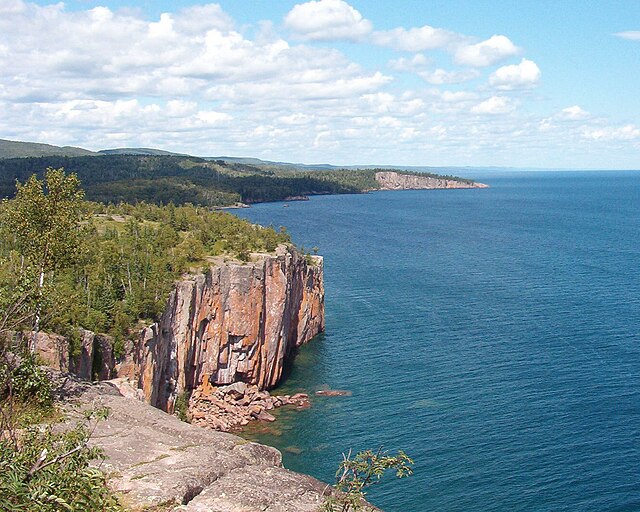The Territory of Minnesota was an organized incorporated territory of the United States that existed from March 3, 1849, until May 11, 1858, when the eastern portion of the territory was admitted to the Union as the State of Minnesota and the western portion became unorganized territory and shortly after was reorganized as part of the Dakota Territory.
The nine original counties of the Minnesota Territory extended into what became North Dakota and South Dakota (left)
Minnesota Territory Centennial stamp, issued in 1949 in recognition of Minnesota's unique Métis oxcart traders.
Image: Alexander Ramsey Brady Handy
Image: Willis Gorman
Minnesota is a state in the Upper Midwestern region of the United States. It is the 12th largest U.S. state in area and the 22nd most populous, with over 5.75 million residents. Minnesota is known as the "Land of 10,000 Lakes" but actually has 14,380 bodies of fresh water covering at least ten acres each; roughly a third of the state is forested; much of the remainder is prairie and farmland. More than 60% of Minnesotans live in the Minneapolis–Saint Paul metropolitan area, known as the "Twin Cities", the state's main political, economic, and cultural hub and the 16th-largest metropolitan area in the U.S. Other minor metropolitan and micropolitan statistical areas include Duluth, Mankato, Moorhead, Rochester, and St. Cloud.

Mixed Dakota-Europeans who were rescued by "non-hostile" Dakota. The girl in the foreground wrapped in the striped blanket is Elise Robertson, the sister of Thomas Robertson, a mixed blood who acted as an intermediary between the Dakota and the European-Americans during the Dakota War of 1862
Phelps Mill in Otter Tail County
Tilted beds of the Middle Precambrian Thomson Formation in Jay Cooke State Park
Palisade Head on Lake Superior was formed from a Precambrian rhyolitic lava flow.








